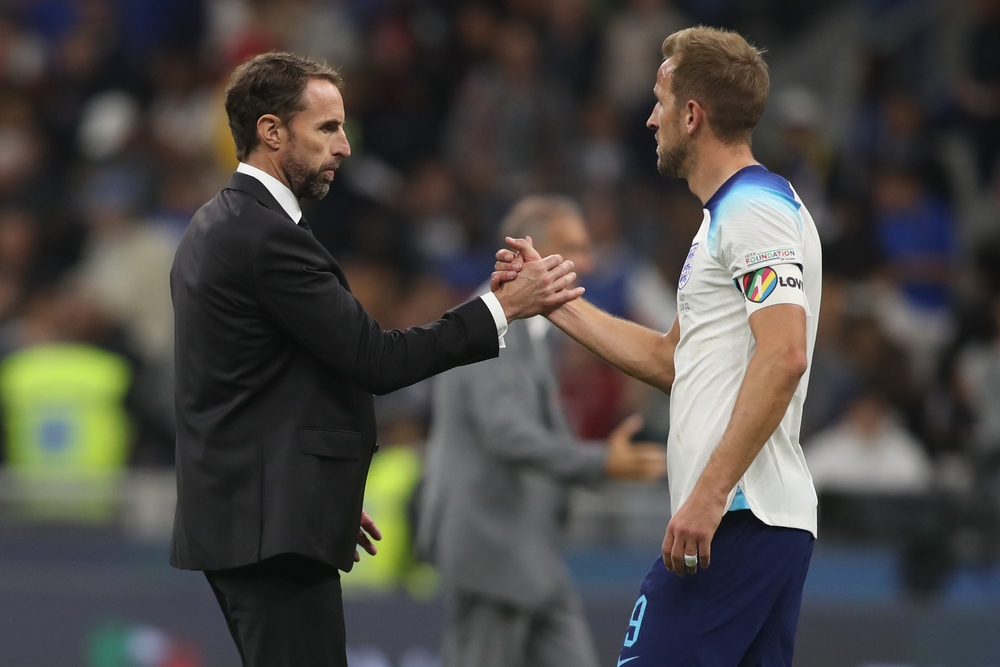Recently, I’ve read a 20-year-old book with the catchy title: We’ve had a Hundred Years of Psychotherapy, and the World’s Getting Worse! It was written in 1993 by the American humanistic therapist James Hillman and the writer Michael Ventura. In a series of conversations, both in person and by letter, they explore – and sometimes strongly critique – the accepted wisdoms of personal psychotherapy. Their key point of criticism is the fact that therapy focuses on the individual (or, at most, a group of individuals, as per addiction circles), while at the same time failing to take into account the wider social, economic and political circumstances that these people are living under. So, for example, a therapist may try and “heal” a client, only to make them into a more productive – and less human – cog in an unhealthy political or organisational system.
While the field of executive coaching has only been going for about 40 or so years, it seems to me that much of the same criticism applies. How often, as coaches, do we accept an assignment to coach someone who has been experienced as not quite being “the right fit” for an organisation or a department, or someone whose values are at odds with the environment they are operating in. And we may accept, and coach the person, and try and mould them into the perceived “right fit”, without necessarily questioning, or even taking into account, the wider constraints and pressures they may operate in.
What might be the advanced coaching skill needed to change this approach? And who’s to say whether it is the individual, or the system, that requires changing? While I’ll be addressing the latter question in a subsequent blog, it seems to me that there are some easy steps that could address the former.
The first step is the widely accepted – but not always scrupulously followed – practice of starting each coaching assignment with a three- (or four-) way conversation with the person’s manager, and possibly also their HR business partner or director. The purpose of this conversation, with all the people present in the room together, is not purely to “agree” the coaching objectives, but to closely observe the process by which the “agreeing” is done. Who is dictating the objectives, and whose agenda are they following? This is usually the coach’s only opportunity to gently guide, and even possibly influence, the outcomes of the coaching: to point out the potential inconsistencies between what is being asked for, and what is being offered in return, the support and the rewarding mechanisms that will accompany the required change in behaviour. To make sure that the individual behavioural change is mirrored and supported by the wider system, and therefore made sustainable.
The second step, again widely accepted but rarely practised, is accompanying the coaching assignment with a meaningful 360 feedback process, ideally pre- and post-coaching. Not just to give the opportunity for (relatively) anonymised and qualitative feedback, but also to share the responsibility for embedding the new behaviours more widely.
Finally, and this is a step I have personally never succeeded in doing in my fifteen-year coaching practice, it is the opportunity to observe the coachee in their “natural habitat”: to shadow them in key meetings, and observe their interactions with others, with a view to using the data for crucial – and impartially observed – feedback in the actual coaching sessions.
Perhaps if one day we manage to make all three steps a key part of most executive coaching assignments, we can start to make the world, as well as the individuals in it, a better and more humane place.





